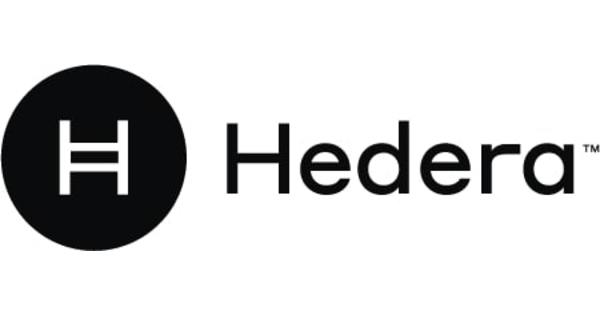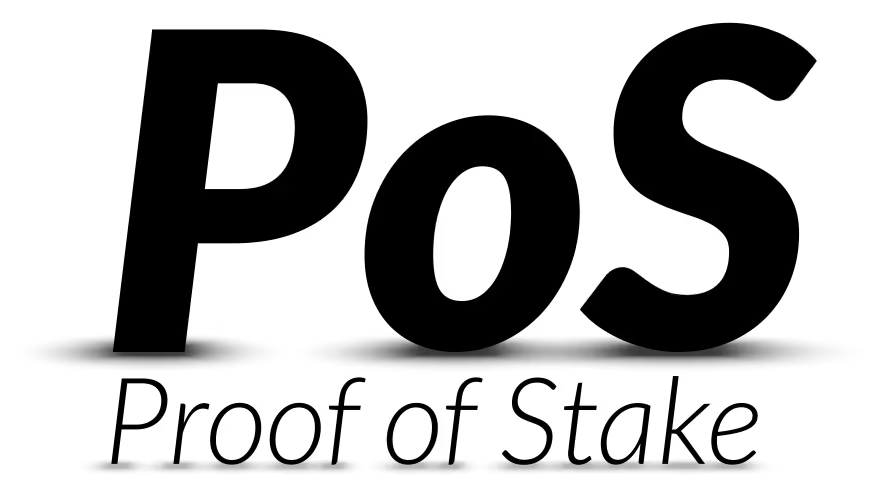Hedera Hashgraph is a revolutionary public distributed ledger technology (DLT) designed to outperform traditional blockchains. With its unique Hashgraph consensus mechanism, Hedera promises fast, secure, and scalable solutions for decentralized applications and enterprise-grade use cases. HBAR, the network’s native token, plays a key role in powering and securing the ecosystem.
How Hedera Hashgraph Differs from Blockchain
Unlike conventional blockchain platforms like Bitcoin and Ethereum, which use proof-of-work and face scalability issues, Hedera Hashgraph employs a novel consensus algorithm known as Asynchronous Byzantine Fault Tolerance (ABFT). This allows the network to achieve over 10,000 transactions per second (TPS) with low latency and minimal energy use.
Hashgraph does not rely on mining; instead, it uses a gossip-about-gossip protocol that rapidly and efficiently propagates information through the network. This structure provides high throughput while maintaining integrity against DDoS and Sybil attacks.
Also read: How to Scale Ethereum: Sharding Explained
What Is HBAR and How Does It Work?
HBAR is the native utility token of the Hedera network. It serves two primary purposes:
- Fuel for Network Operations: HBAR is used to pay for services like smart contract deployment, file storage, and token transactions.
- Network Security via Staking: The proof-of-stake model allows HBAR to be staked to validator nodes, helping secure the network and validate consensus while discouraging bad actors through weighted voting.
Transactions using HBAR benefit from ultra-low fees (around $0.0001) and near-instant finality (3–5 seconds).
Hedera’s Unique Governance Model
The Hedera Governing Council ensures decentralized and responsible oversight of the network. The council includes major global enterprises such as IBM, Google, Boeing, and Deutsche Telekom—each with equal voting rights.
Key responsibilities include:
- Setting platform policies and software direction
- Running initial network nodes
- Ensuring long-term network stability and legal compliance
This structure promotes transparency and decentralization without sacrificing performance or decision-making efficiency.
Proxy Staking and Token Economics
Users holding HBAR can proxy stake their tokens to trusted network nodes, earning rewards while bolstering the network’s integrity. This feature makes it easy for passive token holders to participate in securing the network.
The token supply is capped at 50 billion HBAR, with distribution scheduled over 15 years. This slow, controlled release supports decentralization and prevents rapid inflation.
The Third Generation of DLT: Hedera’s Vision
Hedera positions itself as a third-generation public ledger, improving upon the limitations of Bitcoin and Ethereum. Its architecture is purpose-built for mass adoption, enterprise use, and sustainable performance.
With over 500 decentralized applications (dApps) already running on the network—spanning identity verification, music streaming, and sustainability—Hedera is proving its potential as the future of Web3 infrastructure.
3 Key Takeaways
- Hedera Hashgraph offers superior speed, scalability, and security compared to traditional blockchains.
- HBAR powers the ecosystem through payments, staking, and network governance.
- Enterprise-backed governance and innovative DLT design position Hedera as a serious contender in the next phase of decentralized technology.




